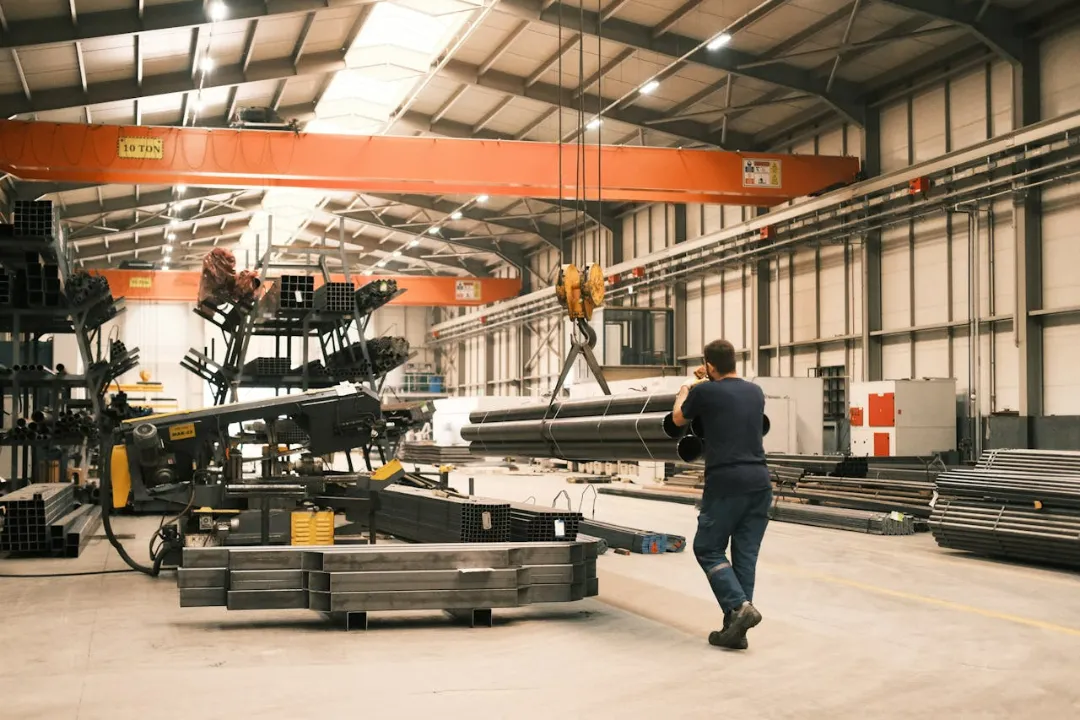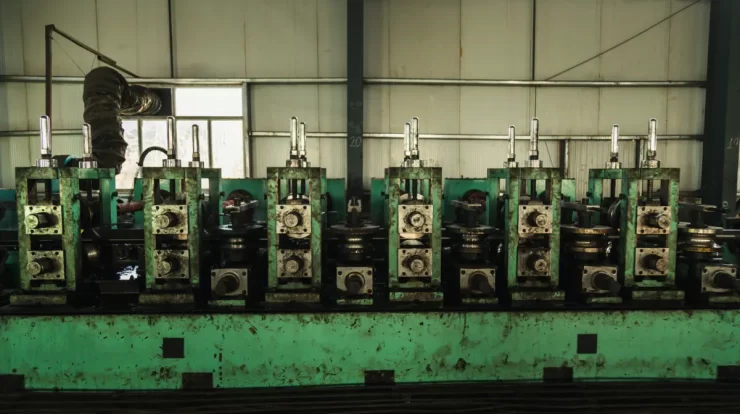
Let me tell you a story. A few years ago, I worked with a mid-sized e-commerce business struggling to keep up with customer demands. They were throwing money at new tools and hiring more staff, yet their profits barely budged. The issue? They were automating processes without truly understanding where it mattered most.
That’s where automation based on ROI steps in. Instead of automating everything in sight, smart companies focus on automating tasks that give the most bang for their buck. When you think about automation with ROI in mind, you prioritize processes that save money, reduce errors, and boost productivity.
And guess what? That e-commerce business I mentioned started analyzing their processes and focused on automating inventory management and order fulfillment. Within a year, their profit margins improved by 25%, and customer satisfaction skyrocketed.
The takeaway? Automation isn’t about doing more; it’s about doing it smarter.
Check the series of automation article from BDCAREER:

Contents
- Understanding Automation Based on ROI: Why It’s Your Secret Weapon
- Why Automating Everything Is a Terrible Idea
- Laying the Groundwork: Data-Driven Analysis for Automation Readiness
- Key Metrics to Measure ROI in Automation Projects
- Balancing Operational Impact with ROI
- Real Stories: Companies Winning with ROI-Focused Automation
- Building a Foolproof Automation Roadmap
- FAQs
- Conclusion: Automate Smarter, Not Harder
Understanding Automation Based on ROI: Why It’s Your Secret Weapon
Let’s break it down. Automation sounds like a no-brainer, right? Who wouldn’t want to save time and cut costs? But here’s the kicker: not every process should be automated. That’s where ROI—or Return on Investment—comes in.
Think of ROI as the ultimate filter. It forces you to ask:
- Will automating this process save me money?
- Will it improve my team’s productivity?
- Will it make customers happier?
If the answer is “yes” to these, then you’ve got a winner. But if not, you’re just burning cash.
Here’s a simple ROI formula I always recommend:
| Metric | Before Automation | After Automation | ROI Impact |
|---|---|---|---|
| Process Time (Hours) | 10 | 3 | Reduced by 70% |
| Cost per Task ($) | 100 | 30 | Reduced by 70% |
| Error Rate (%) | 15 | 2 | Reduced by 87% |
This simple table can help you decide where automation will truly pay off.
Why Automating Everything Is a Terrible Idea
I get it. Automating feels like progress. But here’s the harsh truth: not every process deserves to be automated.
I once consulted for a company that spent thousands automating employee lunch orders. Yes, lunch orders. It sounded efficient on paper but didn’t impact their bottom line. Meanwhile, their invoicing system was a mess and still manual.
Here’s what happens when automation isn’t ROI-focused:
- Sky-high implementation costs for low-impact tasks.
- Over-complicated workflows that slow everyone down.
- Frustrated employees dealing with systems they don’t need.
Moral of the story: Automate with intention, not just because you can.
Laying the Groundwork: Data-Driven Analysis for Automation Readiness
Before automating anything, take a good, hard look at your processes. This is where data-driven decision-making becomes your best friend.
Steps to Analyze Processes for Automation:
- Map Out Workflows: Visualize each step in a process. Tools like Lucidchart make this easy.
- Time and Cost Analysis: Track how long tasks take and how much they cost.
- Error Tracking: Identify where mistakes happen often.
- Frequency of Use: How often does this task occur? Daily? Weekly?
Here’s a handy table I use for analysis:
| Process | Time Spent (hrs/week) | Error Rate (%) | Automation Feasibility |
|---|---|---|---|
| Data Entry | 20 | 25 | High |
| Social Media Posts | 5 | 5 | Moderate |
| Strategy Planning | 10 | 0 | Low |
Spoiler alert: data entry is your first automation candidate!

Key Metrics to Measure ROI in Automation Projects
So, how do you know if automation is working? Let’s talk metrics.
Here are the top 5 ROI metrics you need to track:
- Cost Savings – Are you spending less after automation?
- Time Reduction – How much faster is the process?
- Error Rate – Are mistakes down?
- Employee Productivity – Are teams getting more done?
- Customer Satisfaction – Are customers happier?
Pro Tip:
Use dashboards to track these metrics in real-time. Tools like Power BI and Tableau make it simple.
McKinsey Report on Automation Trends
Balancing Operational Impact with ROI
Let me tell you, chasing ROI without thinking about operational impact is like running a race blindfolded. Sure, ROI is important, but what about how automation affects your team and customers?
For example, automating customer service can save money, but if customers feel like they’re talking to robots, they might leave.
Balance is key. Ask yourself:
- Will this make my team’s job easier or harder?
- Will customers notice a drop in service quality?
- Does this align with my long-term business goals?
Automation should enhance your operations, not complicate them.
Real Stories: Companies Winning with ROI-Focused Automation
Nothing beats real-world success stories, right? Let’s look at companies that nailed automation based on ROI.
Retail Giant Example:
- Problem: Frequent stockouts and overstocking.
- Solution: Automated inventory management.
- Result: 40% fewer stockouts, 20% revenue increase.
Finance Firm Example:
- Problem: Compliance reporting was slow and error-prone.
- Solution: Automated report generation.
- Result: 60% faster reporting, zero compliance issues.
See the pattern? High-impact processes = High ROI.
Gartner’s Guide to ROI in Automation
Building a Foolproof Automation Roadmap
Ready to start automating? Here’s the roadmap I swear by:
- Identify High-ROI Processes – Analyze and prioritize.
- Set Clear Goals – Define what success looks like.
- Start Small – Pilot the automation with one process.
- Measure and Optimize – Track performance and improve.
- Scale Gradually – Roll out automation across the company.
This step-by-step approach saves time, money, and headaches.
FAQs
Conclusion: Automate Smarter, Not Harder
Automation can transform your business, but only when it’s done thoughtfully. Focus on automation based on ROI, and you’ll save money, boost productivity, and keep your team happy.
Remember, it’s not about doing more—it’s about doing what matters.
So, are you ready to automate smarter?


